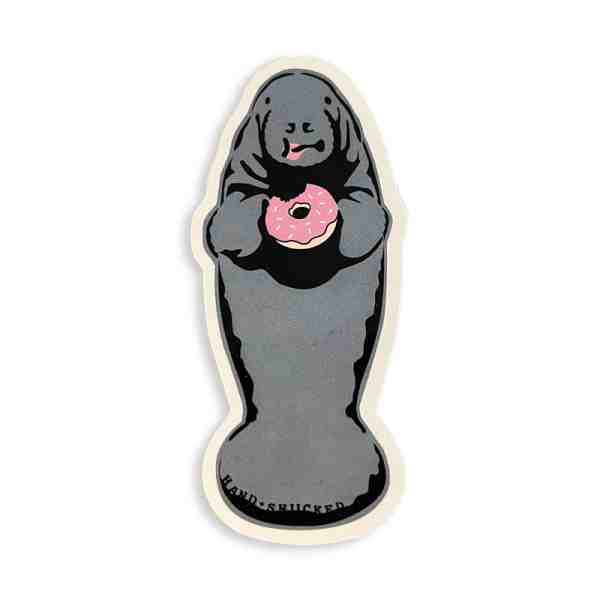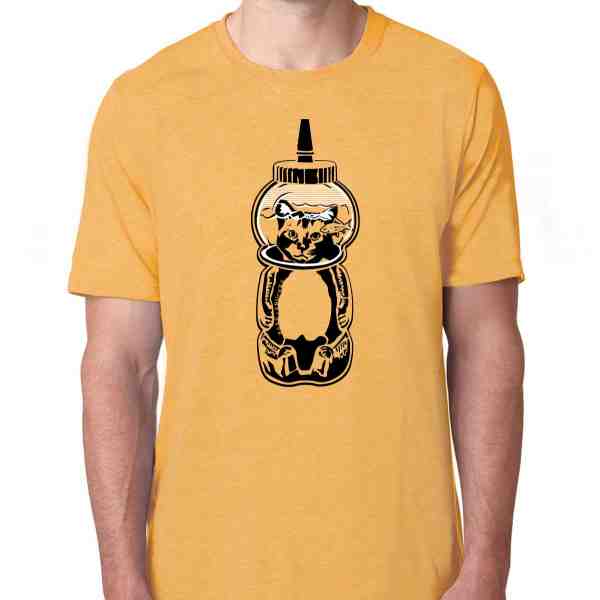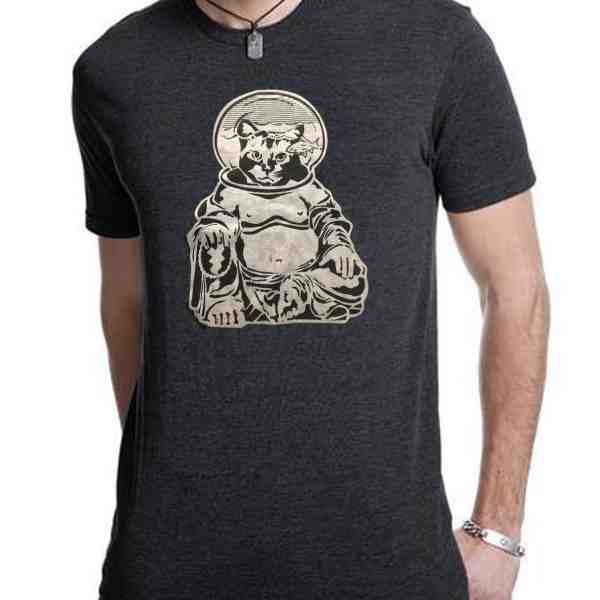Street Art Through the Lens: Tips for Stunning Photos
Street art photography is a vibrant and expressive art form that captures the essence of urban environments and the creativity they inspire. At its core, it’s about more than just documenting colorful murals or graffiti; it’s about capturing the soul of a city, the stories of its streets, and the messages artists convey through their work. Whether you’re a seasoned photographer or just beginning, street art photography invites you to see the world from a fresh perspective.
Here’s what you need to get started:
- Eye for Detail: Notice the intricate details in art pieces.
- Right Equipment: Use a versatile camera and wide-angle lens.
- Timing and Patience: Capture the right moment with good lighting.
- Respect the Art: Always respect and give credit to the street artists.
Street art transforms cityscapes into dynamic galleries open to everyone and anyone walking by. As Chris Higgins, who has developed a distinctive style through years of exploration, I understand the pull of street art photography. My journey with this art form began with a simple joke but has grown into a passionate exploration of visual storytelling. Let’s dive deeper to explore how you can create stunning street art photos.
Understanding Street Art Photography
Street art photography is a unique blend of street photography, graffiti, and urban art. It captures the vibrant pulse of city life and transforms everyday walls into canvases of expression. But what makes it truly compelling is its ability to document the ephemeral nature of street art, preserving it for future generations.
Street Photography: The Foundation
Street photography has a rich history, dating back to the early 20th century with pioneers like Paul Strand and Walker Evans. These photographers ventured into the streets to capture candid moments and raw emotions, shaping our understanding of urban life. Today, street art photography builds on this tradition, focusing on the art that adorns our cityscapes.
Graffiti and Urban Art: The Subjects
Graffiti and urban art are at the heart of street art photography. These art forms are dynamic, often changing with the times and reflecting social and political climates. As Martha Cooper, a renowned photographer in this field, notes, photography is crucial for preserving these transient works. In her words, “A photograph of an ephemeral work allows that to happen.”
The Role of the Photographer
Photographers like Cooper see themselves as documentarians rather than interpreters. The goal is to capture the artwork in its entirety and context, without altering its meaning. This approach respects the original intent of the artist while providing a historical record of their work.
Street art photography is more than just snapping pictures of murals or graffiti. It’s about understanding the stories behind the art and the impact it has on the community. As you dig into this field, remember to approach it with respect and an open mind, ready to capture the changing narrative of urban art.
In the next section, we’ll explore essential techniques to help you capture these stunning visuals.
Essential Techniques for Capturing Street Art
Capturing street art photography requires a specific set of skills and techniques to truly bring the art to life through your lens. Here, we’ll explore some essential methods that can improve your ability to photograph street art effectively.
Candid Photography: Accept the Unexpected
Street art often lives in busy urban environments. This means there’s always a chance for unexpected moments to unfold. Candid photography is about being ready to capture these spontaneous interactions between people and art. It could be a passerby stopping to admire a mural or a group of friends posing in front of graffiti. These candid shots add a human element to your photos, making them more relatable and engaging.
“On the street, each successive wave brings a whole new cast of characters […] if you keep paying attention, something will reveal itself—just a split-second—a crazy cockeyed picture.” —Joel Meyerowitz
Wide-Angle Lenses: Capture the Full Story
When photographing street art, especially large murals or extensive graffiti, a wide-angle lens is your best friend. It allows you to capture the full scope of the artwork along with its surroundings. This is crucial because the environment often plays a significant role in the art’s message. A wide-angle lens helps you frame the art in its context, providing a sense of place and scale.
- Tip: Experiment with different angles and distances. Sometimes stepping back to include more of the surrounding area can provide a better sense of the artwork’s impact on its environment.
Spontaneous Moments: Be Ready for Anything
Street art can be unpredictable. New pieces can pop up overnight, and existing ones can disappear just as quickly. As a street art photographer, it’s important to be ready to capture these spontaneous moments. Keep your camera handy and be prepared to shoot whenever you come across something interesting. This readiness allows you to document the ever-changing landscape of urban art.
- Pro Tip: Visit locations at different times of day. The lighting and atmosphere can change dramatically, offering new perspectives on the same piece of art.
Street art photography is an exciting and dynamic field. By mastering these techniques, you’ll be better equipped to capture the vibrant and transient nature of urban art. In the following section, we’ll dive into tips for composing stunning street art photos.
Tips for Stunning Street Art Photos
Creating stunning street art photos isn’t just about pointing your camera and shooting. It’s about understanding composition, lighting, and context. Let’s break down these elements to help you lift your street art photography.
Composition: Frame Your Story
Composition is the backbone of any great photograph. In street art photography, it’s about finding the right angle and framing to tell a story. Consider the rule of thirds to create balanced images. Place key elements along the grid lines or at their intersections to draw the viewer’s eye.
- Tip: Use leading lines, like streets or building edges, to guide the viewer’s gaze towards the artwork. This technique improves the photo’s depth and focus.
- Example: Look at the works of Martha Cooper, a renowned street art photographer. Her compositions often include elements of the surrounding environment, giving context to the art itself.
Lighting: Capture the Mood
Lighting can transform a photograph. Natural light is your best friend, so try to shoot during the “golden hour”—early morning or late afternoon. This soft, warm light can add depth and emotion to your images.
- Pro Tip: Overcast days can be perfect for street art photography. The diffused light reduces harsh shadows and highlights, allowing the colors of the artwork to pop.
- Experiment: Play with shadows and contrast. Sometimes, the interplay of light and shadow can create dramatic effects that improve the art’s message.
Context: Tell the Whole Story
Street art is often deeply connected to its surroundings. Including elements of the urban environment can provide context and enrich the narrative of your photo. This might mean capturing the busy life around a mural or the quiet solitude of a hidden graffiti piece.
- Strategy: Show the relationship between the art and its location. This could involve capturing people interacting with the art or the architecture that frames it.
- Consider: The work of Banksy often incorporates its surroundings as part of the art. His pieces are designed to interact with the environment, making context crucial in capturing their full impact.
By focusing on composition, lighting, and context, you can create photos that not only capture street art but also tell a compelling story. In the next section, we’ll explore the influence of famous street art photographers and how their work can inspire your own.
Famous Street Art Photographers and Their Influence
Street art photography has been shaped by some remarkable photographers whose work has left a lasting impact on the genre. Let’s take a closer look at three influential figures: Martha Cooper, Banksy, and JR.
Martha Cooper: The Pioneer of Street Art Photography
Martha Cooper is a legendary figure in street art photography. Her work in the 1980s documented the rise of graffiti and hip-hop culture in New York City. Cooper’s book, Subway Art, co-authored with Henry Chalfant, is often referred to as the “graffiti bible” and has never been out of print since its release in 1984. Her photographs captured the raw energy and creativity of street artists, giving legitimacy to a movement that was often misunderstood.
“I was interested in following kids who were inventing a culture of their own,” Cooper once said, highlighting her commitment to documenting authentic expressions of urban art.
Her influence continues to resonate today, inspiring a new generation of photographers to explore the dynamic world of street art.
Banksy: The Enigmatic Artist and Photographer
Banksy is a name synonymous with street art. Although primarily known as an artist, Banksy’s work often incorporates photography to document his installations. His pieces are known for their social and political commentary, cleverly interacting with their surroundings.
- Example: One of Banksy’s installations featured a robot and a barcode on a wall in New York City, highlighting themes of consumerism and technology.
Banksy’s ability to blend art with its environment makes context crucial in capturing the full essence of his work. His elusive identity adds an element of mystery, drawing photographers and fans alike to document and share his creations.
JR: The Global Storyteller
French photographer and street artist JR is known for his large-scale public installations that merge photography with street art. His projects, such as Inside Out and Women Are Heroes, aim to give a voice to marginalized communities by pasting massive portraits in urban spaces.
JR’s work often involves photographing people and then displaying their images in the streets, turning the urban landscape into a gallery. His approach not only documents street art but also transforms it, inviting public interaction and dialogue.
- Notable Project: For the Face2Face project, JR placed monumental portraits of Israelis and Palestinians side by side, promoting a message of unity.
JR’s innovative use of photography as both a medium and a message has expanded the possibilities of street art, encouraging photographers to think beyond traditional boundaries.
Together, Martha Cooper, Banksy, and JR have not only captured the essence of street art but have also influenced how we perceive and document it. Their work serves as a powerful reminder of the impact that street art photography can have on visual storytelling. In the next section, we’ll address some frequently asked questions about street art photography, providing insights and tips for aspiring photographers.
Frequently Asked Questions about Street Art Photography
What is street art photography?
Street art photography is the art of capturing graffiti, murals, and other forms of urban art in their natural setting. This genre of photography thrives in urban environments, where the canvas is the city itself. Street art is often spontaneous, reflecting the vibrant culture and social issues of the area. Photographers like Martha Cooper have shown how street art can be a powerful form of expression, documenting the evolution of urban landscapes and the stories they tell.
How can I make money with street art photography?
Turning your passion for street art photography into a source of income involves a few creative strategies:
- Selling Prints: Create high-quality prints of your best work and sell them online or at art fairs. Many photographers set up their own websites or use platforms like Etsy to reach potential buyers.
- Online Stores: Besides prints, consider selling merchandise featuring your photos, such as calendars, postcards, or apparel. This diversifies your income and allows fans to support your work in different ways.
- Exhibitions and Galleries: Aim to showcase your work in art galleries or pop-up exhibitions. This not only helps in building your reputation but also attracts potential buyers and art enthusiasts.
- Collaborations: Partner with local artists or businesses to create unique projects. This can lead to commissioned work or joint exhibitions that highlight your photographic talent.
What equipment is best for street art photography?
Choosing the right equipment can significantly improve your street art photography:
- Wide-Angle Lenses: These lenses are ideal for capturing large murals or graffiti pieces in tight urban spaces. They allow you to include more of the artwork and its surroundings in your frame, providing context and scale.
- Digital Cameras: A good digital camera with manual settings gives you the flexibility to adjust to different lighting conditions and capture sharp images. Look for a camera with a fast autofocus system to quickly capture fleeting moments.
- Portable Tripod: While not always necessary, a lightweight tripod can help stabilize your shots in low-light conditions or for long exposures, especially when photographing at night.
Investing in the right gear can make all the difference in capturing the essence of street art. As you hone your skills and develop your unique style, these tools will help you create stunning visual stories that resonate with audiences.
Conclusion
At Handshucked Designs, we believe in the power of street art photography to capture and preserve the vibrant stories painted on urban canvases. Our work is deeply rooted in the rich tradition of visual storytelling, where every mural and graffiti piece tells a unique tale of culture, community, and change.
Street art preservation is at the heart of what we do. Much like renowned photographers such as Martha Cooper, who have documented the fleeting beauty of street art, we strive to immortalize these ephemeral masterpieces. Our collections, including the popular “Lost Cat” and “Hungry Manatee” series, aim to reflect the dynamic spirit of street art in our designs and apparel.
Through our commitment to visual storytelling, we offer art lovers and enthusiasts a chance to experience the essence of street art. By capturing the creativity and emotion found in urban environments, we not only preserve these works but also inspire future generations to appreciate and engage with street art.
Explore our offerings and learn more about how we blend art with storytelling by visiting our Street Art page. Join us in celebrating the changing world of street art and the stories it tells.






